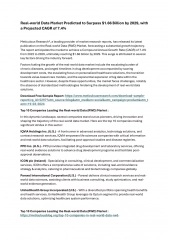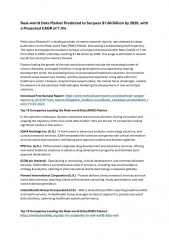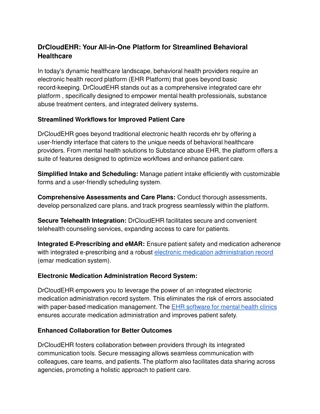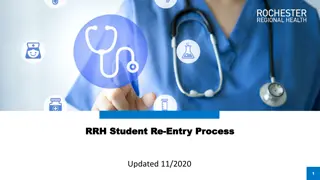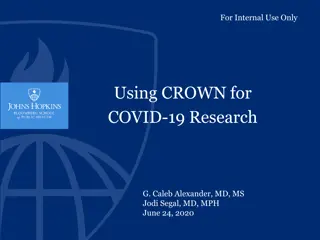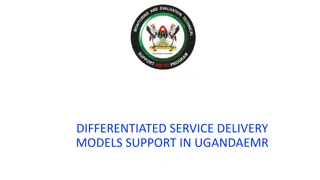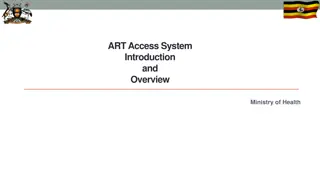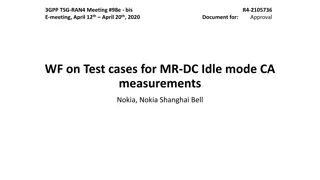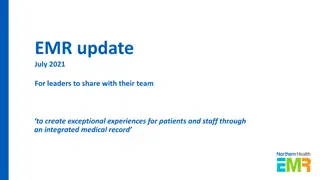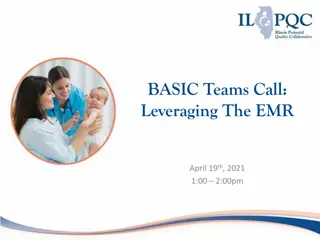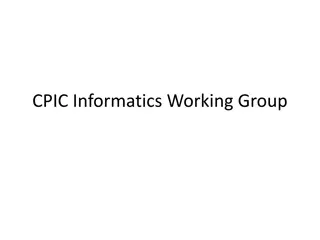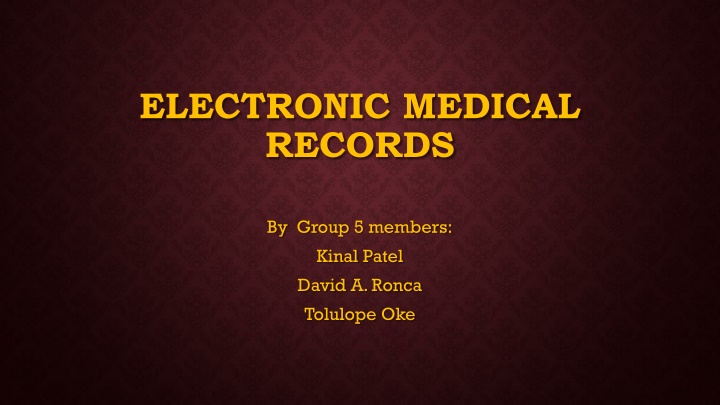
Electronic Medical Records and Associated Risks
Explore the definition and benefits of Electronic Medical Records (EMR) along with risks including security, usability, logistics, and cost. Dive into the HIPAA regulations surrounding electronic medical records and the protection of PHI. Gain insights into the advantages and challenges of transitioning to EMRs within the healthcare industry.
Download Presentation

Please find below an Image/Link to download the presentation.
The content on the website is provided AS IS for your information and personal use only. It may not be sold, licensed, or shared on other websites without obtaining consent from the author. If you encounter any issues during the download, it is possible that the publisher has removed the file from their server.
You are allowed to download the files provided on this website for personal or commercial use, subject to the condition that they are used lawfully. All files are the property of their respective owners.
The content on the website is provided AS IS for your information and personal use only. It may not be sold, licensed, or shared on other websites without obtaining consent from the author.
E N D
Presentation Transcript
ELECTRONIC MEDICAL RECORDS By Group 5 members: Kinal Patel David A. Ronca Tolulope Oke
CONTENT BACKGROUND RISKS CONTROLS
DEFINITION An electronic medical record (EMR) is a digital version of a paper chart that contains all of a patient's medical history from one practice.
BENEFITS OF EMR EMR maintains patient privacy Fewer forms to fill out during a visit. Fewer repetitive questions- regarding past medical history. Reduces cost of Healthcare.
RISKS: SECURITY Risk of inappropriate access Unauthorized user access Data breaches Risk of record loss due to natural disasters Risk of record tampering Back dating Fraudulent entries, or other modifications
RISKS: USABILITY Multiple screens and mouse clicks Alert fatigue Standardization can lead to mindless repetition of entries rather than thoughtful documentation. Lack of uniform communication standards for systems
RISKS: LOGISTICS AND COST System inefficiency Obsolete Technology Huge Financial cost
HIPAA Health Insurance Portability and Accountability Act (HIPAA) Passed in the US in 1996 Establishes rules for access, authentications, storage and auditing, and transmittal of electronic medical records Restrictions for electronic records more stringent than those for paper records. Concerns as to the adequacy of these standards
HIPAA (2) PHI protected information under this act are: Information doctors and nurses input into the electronic medical record Conversations between a doctor and a patient that may have been recorded Billing information Under this act there is a limit as to how much information can be disclosed, and as well as who can see a patients information. Patients also get to have a copy of their records if they desire, and get notified if their information is ever to be shared with third parties Covered entities may disclose protected health information to law enforcement officials for law enforcement purposes as required by law (including court orders, court-ordered warrants, subpoenas) and administrative requests; or to identify or locate a suspect,fugitive,material witness,or missing person Medical and health care providers experienced 767 security breaches resulting in the compromised confidential health information of 23,625,933 patients during the period of 2006 2012
IMPLEMENTING EMR CONTROLS The core of implementing controls in Electronic Medical Records center on ensuring the security and privacy of patients health information and records under the following key categories: Confidentiality: Patients should have the right to decide who can examine and alter what part of their medical records Integrity: Complete and accurate records Availability: Ensuring patients' access to their complete medical information while protecting their privacy These fall under the auspice of key areas in Information Security
EMRs: Controls Administrative safeguards Policies and procedures to protect the security, privacy, and confidentiality patients PHI (Personal Health Information) Required by both the HIPAA Privacy Rule and the HIPAA Security Rule Physical safeguards measures to protect the hardware and the facilities that store PHI Includes: Facility access control Workstation use Workstation security Device and media controls
EMRs: Controls(2) Technical safeguards Safeguards that are built into your health IT system to protect health information and to control access to it Includes: Access Controls Audit Controls Integrity Person or entity authentication Transmission security
Conclusion Establish a security framework Data Encryption (stored and in transit) Controlled Interoperability Access Control Lists Trainings for EMR staff

